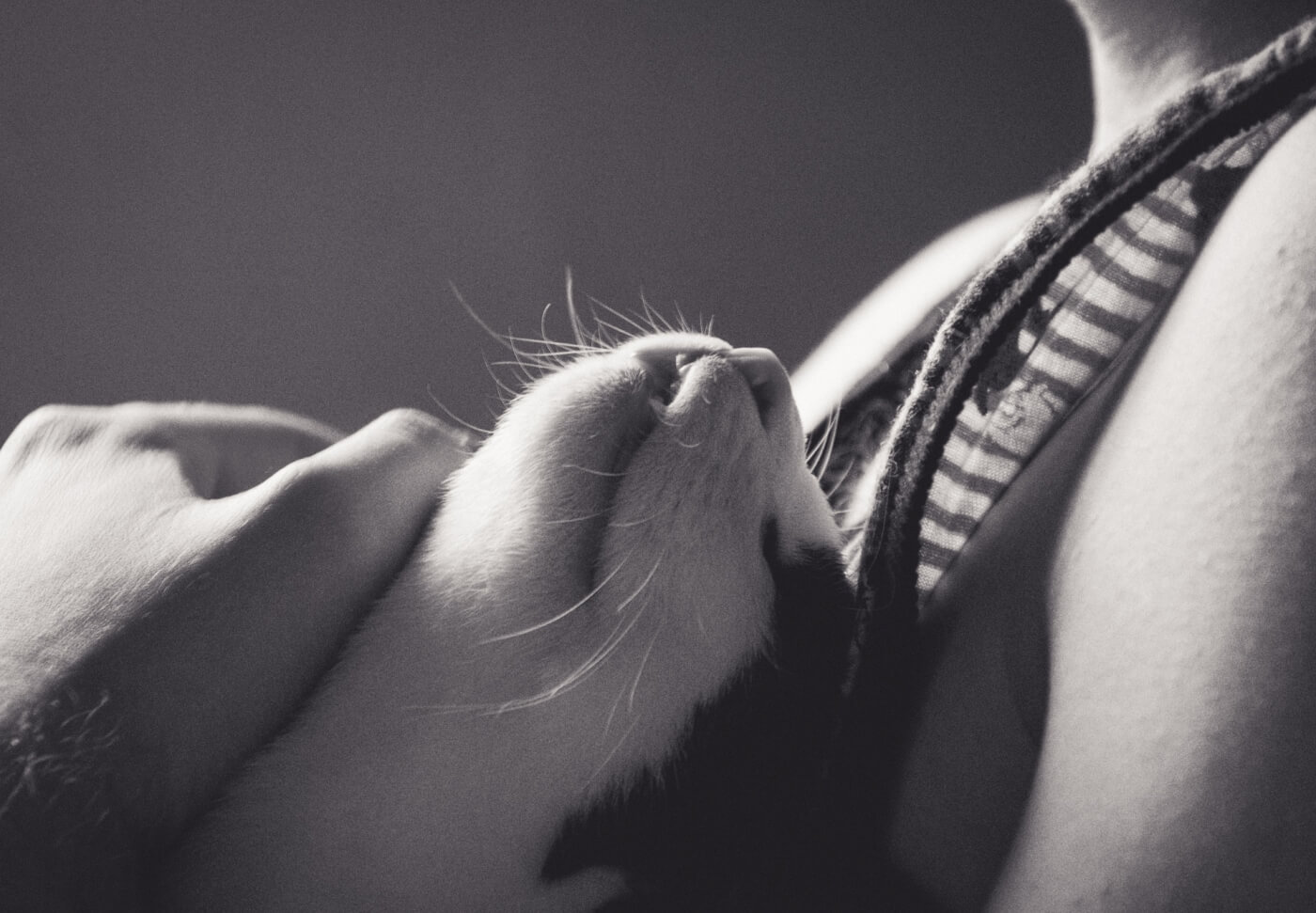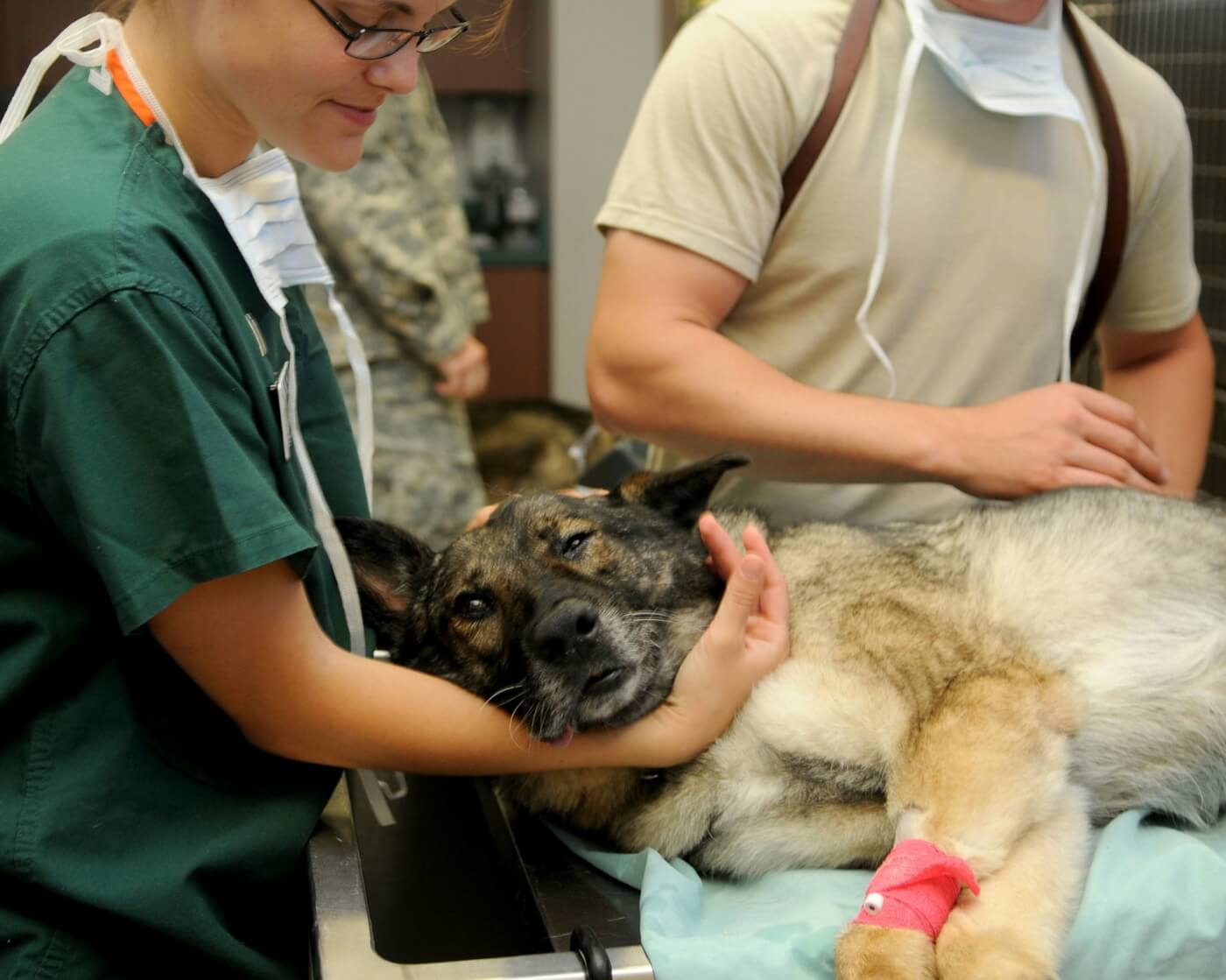What’s the best thing about living with dogs and cats?
It’s a trick question because the answer, as any guardian will gladly attest, is everything. Long walks and lap time, face washes and nap time—that’s how you spell love.
 But with great love comes great responsibility, and when the time is right to open our heart and home to an animal companion, making sure our new family members stay healthy should be at the top of the to-do list.
But with great love comes great responsibility, and when the time is right to open our heart and home to an animal companion, making sure our new family members stay healthy should be at the top of the to-do list.
It begins with our household budget.
The annual cost of caring for a small dog is estimated at $1,000—it’s about $1,500 if the dog’s a big boy (or girl). That’s for the basics, like feeding, grooming, and flea and tick control. Now, figure in regular visits to the vet, which include routine examinations, tests and screenings, vaccines, and other preventative measures, and spaying or neutering, which should be at the top of the to-do list, too, and the cost adds up.
Even though veterinary care is a necessary and predictable expense that’s part of responsible animal guardianship, some people don’t plan for it and are unprepared when they get the bill. That’s why it’s important to set aside a fund for routine and emergency care, and put money into it each month.
Some people may also be unprepared if they have to rush their companion to the hospital for a fracture or other emergency and can’t pay for the treatment. Unlike hospitals for humans, which are usually subsidized by the government and cannot turn anyone away, an animal hospital is a private business and has no obligation to take in an animal.
That was illustrated recently in Washington state, where a young woman had to take her Chihuahua, who was having a seizure, to five emergency hospitals—all of which turned them away for lack of insurance and cash. The dog reportedly died in his guardian’s arms.
Insurance can help, but just like policies for humans, those for animals have an annual premium and deductible that must be met first. Premiums are also smaller for younger animals—as they age and need more expensive care, insurance costs will likely increase.
It’s hard to predict when we might need to make an emergency visit to the vet, but we can be ready by planning ahead to ensure our animal companions get the care they need—just like we do for the rest of the family.
Written by Craig Shapiro







